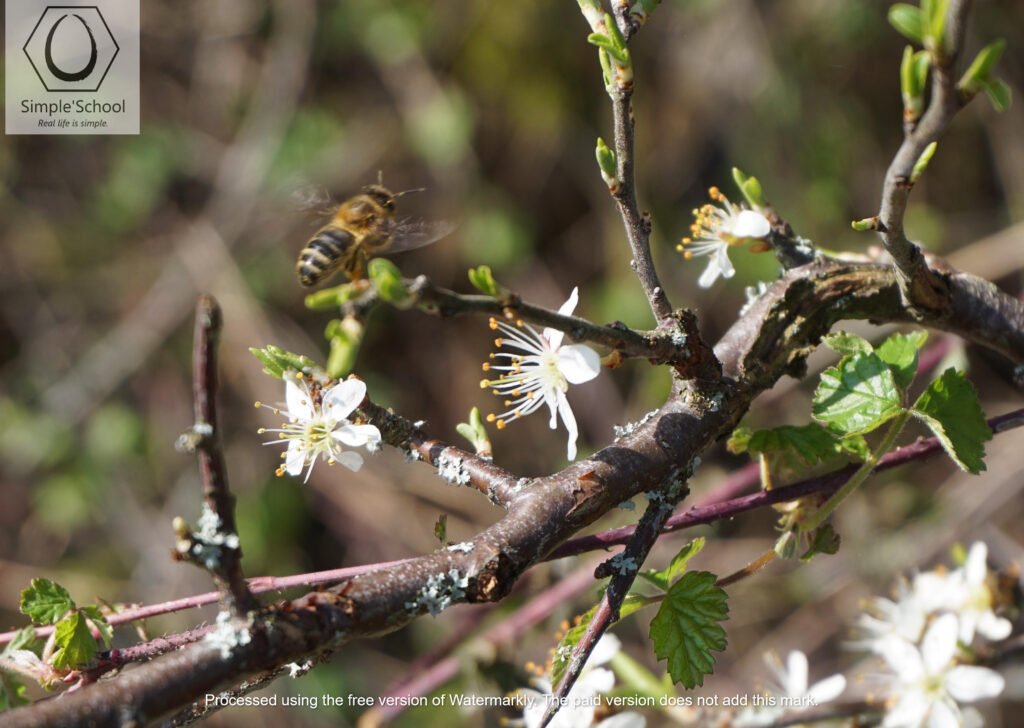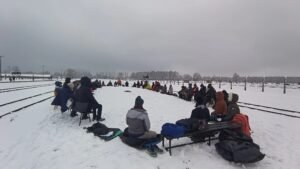(4min of reading)
The usual expression is “new year, new life”, and I know we're already halfway through January. This text is, in a way, a questioning of the beliefs and certainties I have nurtured in relation to time.
Let's look at some historical facts (source: Wikipedia): “The conventional Gregorian calendar we use today is of European origin. It was promulgated by Pope Gregory XIII (1502-1585) on February 24, 1582, replacing the Julian calendar established by the Roman leader Julius Caesar (100-44 BC) in 46 BC. Ten days were omitted from the Julian calendar, leaving the days from October 5 to 14, 1582. The papal bull dictated that the day after Thursday, October 4, should be Friday, October 15. So in 1582, my birthday didn't exist!
The change to the Gregorian calendar took place over more than three centuries. It was first adopted by Portugal, Spain, Italy and Poland, and then by the majority of European Catholic countries. Countries where Lutheranism and Anglicanism predominated were slow to adopt it, such as Germany (Bavaria, Prussia and other provinces, in 1700) and Great Britain (England and Wales, in 1752). Sweden's adoption of this calendar was so problematic that it even gave rise to February 30th. China adopted it in 1912, Bulgaria in 1916, Russia in 1918, Romania in 1919, Greece in 1923 and Turkey only in 1926.
Some peoples still keep other calendars for religious use, even with a different chronology to that adopted by the Roman Catholic Church. According to the Gregorian calendar, it is now 2025. For this same date, other calendars point to different years, such as: Ab urbe condita 2778; Babylonian Calendar 6775; Bahá'í Calendar 181-182; Buddhist Calendar 2569/2570; Hebrew Calendar 5785-5786; Hindu Calendar Vikram Samvat 2081-2082; Hindu Calendar Shaka Samvat 1947-1948; Hindu Calendar Kali Yuga 5126-5127; Holocene Calendar 12025; Iranian Calendar 1403-1404; Islamic Calendar 1446-1447 among others.
It is also worth mentioning that the simple idea of a 13-month perennial calendar has been around since the mid-18th century. Versions of this idea differ mainly in terms of how the months are named and the extra day in leap years. It is worth mentioning the international Fixed Calendar (also known as the Cotsworth plan or calendar and the Eastman plan), which is a proposed revision of the solar calendar developed by Moses B. Costworth and presented in 1902. Costworth and presented in 1902. It divides the solar year into 13 months of 28 days each. It is therefore a perennial calendar, where each day corresponds to the same day of the week in every year. Although it was not adopted by any country, the entrepreneur George Eastman adopted it in his company Eastman Kodak Company, where it was used from 1928 until 1989. It is also called the 13-month calendar or equal-month calendar, but there are many other calendar designs where this description also applies. ”
Well, what seems relevant to me is that we feel the need for time-counting systems as a reference for our human activities. Apart from institutional uses, all these systems provide us with an idea of a relatively uniform line in the passage of time, which will be aligned to some extent with some higher scale reference to what we feel as before and after, past-present-future. Even so, in personal terms, I feel that time is something much more flexible, much more related to the relevance that certain moments have for my perception, in existential terms.
Without going into theoretical considerations, mainly due to the insufficiency of my knowledge, what I consider worthy of our attention here is the possible freedom from what becomes standard through conventions of all kinds. In this sense, I sincerely aspire to take liberties such as defining that we have the possibility of a personal new year, defined by some remarkable event, such as the indescribable emotion of seeing the first flower appear in our garden, foreshadowing the spring that is yet to come. Or even more so, let it be decreed that we will have a Christmas period at regular intervals, in which all people allow themselves to be permeated by solidarity, touched by tenderness and rejoice in an altruistic and authentic way when they feel that the seeds of service in the manifestation of a more peaceful, just and reverent world for Life are still alive and strong in their hearts.
As I consider these possibilities, the words of Anne Frank come to mind: “How wonderful it is that no one has to wait a single moment to improve the world.” and “Everyone has a piece of good news inside them. The good news is that you don't know how extraordinary you can be! How much you can love! What you can do! And what your potential is!”
So, I return to the beginning of the text, in a joke to make present what would rationally be past: new life, new year! Receive my wishes for a Happy New Year, whether it's 2025 or the one you can start right now, through the power of your definition of a new life, in the next breath. Exercise the freedom to define when and how a new year begins in your existence, and exercise the liberating possibility of not needing a single moment to improve the world. We will be together on this path.




